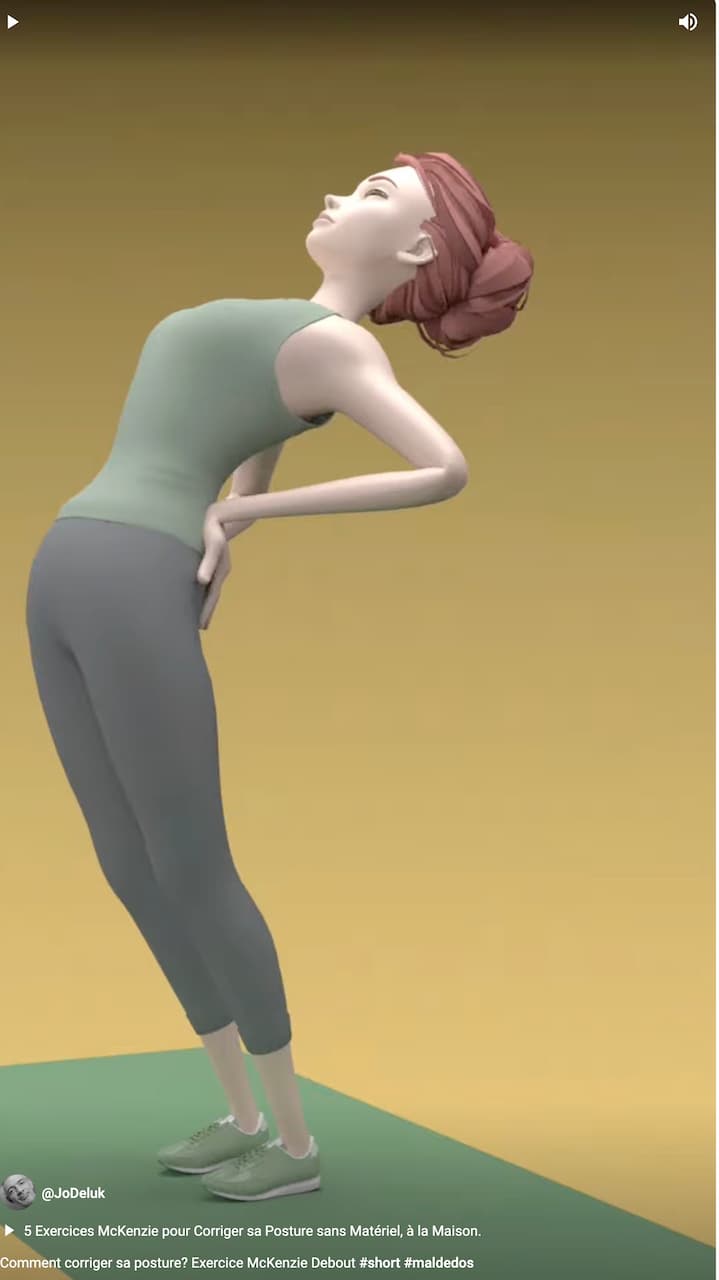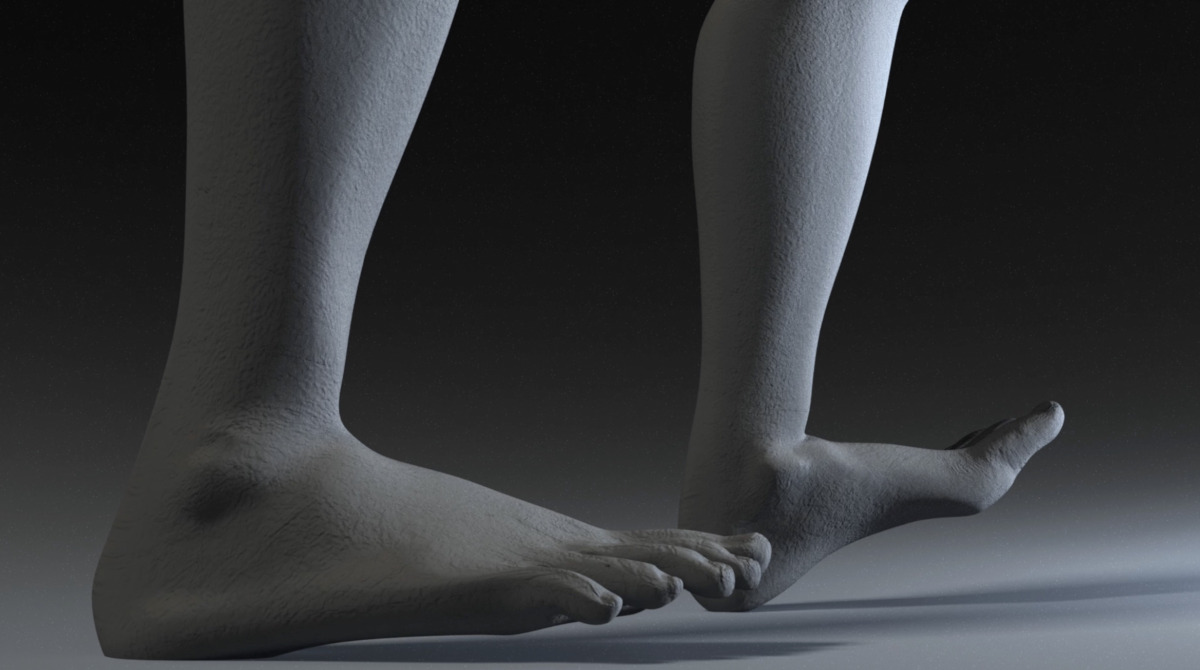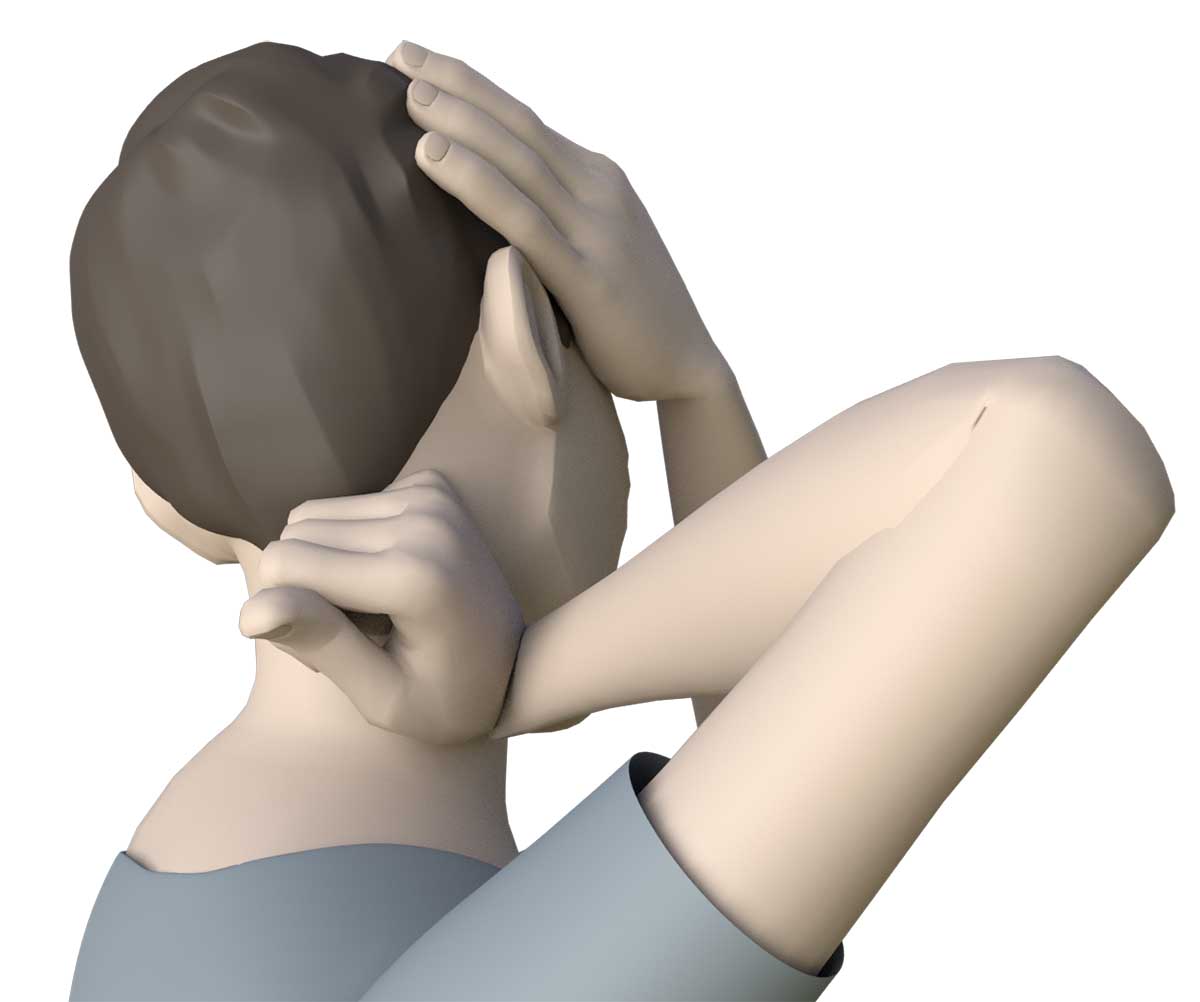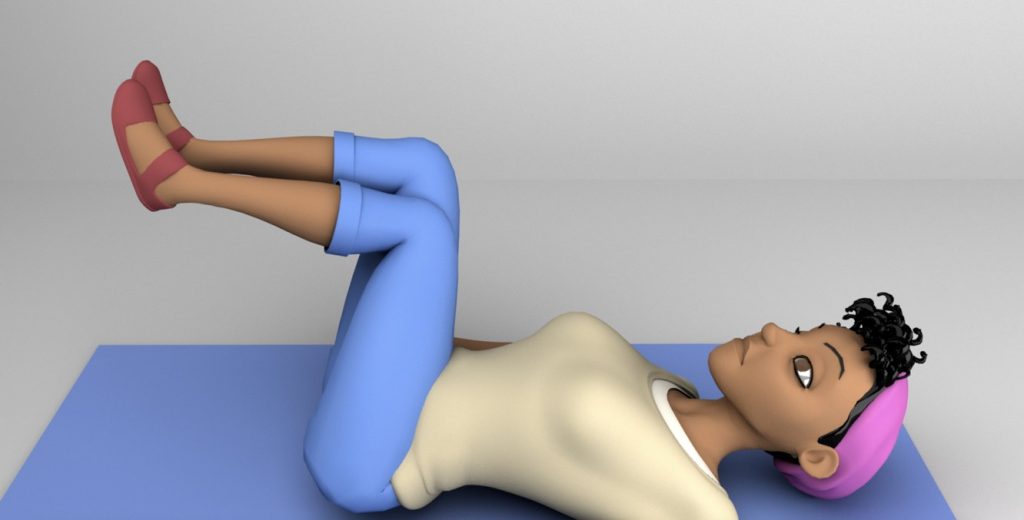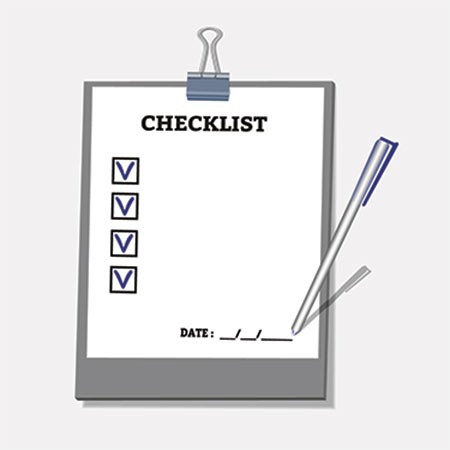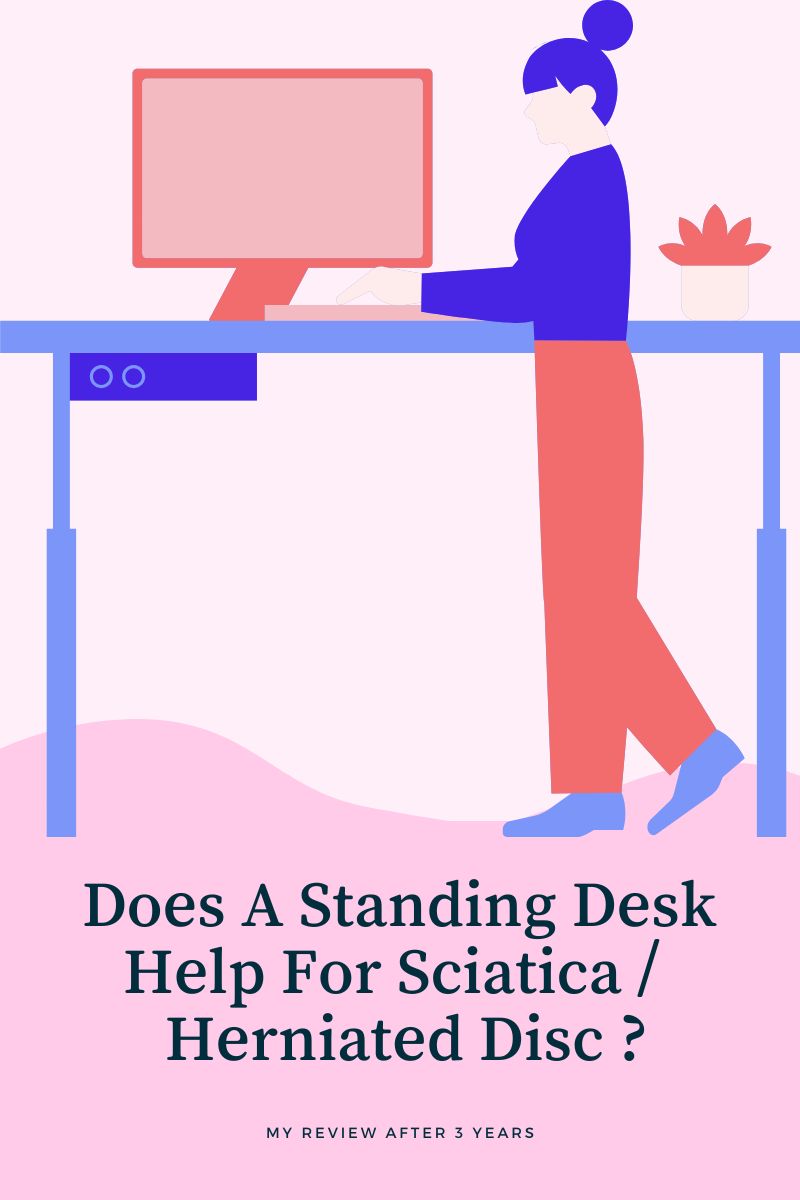This stretch for disc herniation disc or bulging disc is inspired by the McKenzie method.
You can do it multiple times during the day as long as it relieves pain in your lower back. If pain is worse, then this herniated disc stretch is not for you: you should not do it and seek medical help if you haven’t done so yet.
Pain relief from a herniated disc will help you get going on and have quite a decent life until the problem resolves by itself and the lumbar disc heals.
Lumbar disc herniation is a temporary phenomenon that lasts from a few weeks to several months but eventually resolves itself in most cases, provided you help it do that.
To relieve pain due to a lumbar disc herniation, there are some things to do and some things not to do.
Even if there was a magical formula to soothe the pain caused by a herniated disc: as long as we keep doing the things that we should not do, the pain in the lower back will not go away.
To relieve pain from a herniated disc, these are three things that we must avoid doing:
- Stay still
- Stay seated
- Stay in bed
I know, it is easy to say, but these three things prevent the herniated disc problem to resolve by itself.
Of course, you will want to lie down in bed at night because you need to sleep, but during the day, avoid staying in bed. And even at night, if you can’t sleep, don’t just stay in your bed and lie on your back: stand up and move.
As a matter of fact, lying on your back makes the pain worse, and this is probably the reason why you can’t sleep.
Sitting down with a herniated disc means keep pushing & torturing the area in the lower back that is subject to inflammation and hurts.
Sitting with a herniated disc is just like twisting the knife in the wound continuously: it can not heal!
Read this article about back pain and sitting to learn more about health concerns, which can be caused by prolonged sitting.
To relieve the pain from a lumbar disc herniation, the first thing to do is to stand up and walk: when you have lower back pain, it is better to walk around the table than to sit down.
Fortunately, this is not the only thing to do: we all have our little tricks to try to ease pain in the lower back
Yoga, drugs, massage with essential oils, massage with hot water with the showerhead, anything that makes the pain stop is welcome
In my toolbox, there is a stretch inspired by the McKenzie method, that I still do regularly, even though the herniated disc that made my life so miserable for years is now a souvenir (if I may say so).
I still have a sore back, and some back pain, especially in the morning or after sitting down for a while, but I would call it a smooth back pain: today, it’s nowhere near the level of back pain it used to be.
Herniated disc stretch: McKenzie extension
This herniated disc stretch exercise should be performed with caution.
This herniated disc stretch is meant to relieve pain from a herniated disc and should not cause or increase your pain.
- Start by placing your hands in your lower back, and without bending your knees, arch your back as much as you can (you should not feel any pain in your back while doing that.)
- Keep this posture for a few seconds (unless it hurts in which case, stop) and do not hold your breath: try to breathe normally. The goal of this exercise is not to fight against pain but relieve the regular back pain.
- Straighten your back after 4 or 5 seconds, then repeat.
If you don’t feel any pain, try to harch your back more and more each time.
The purpose of this stretch is to reduce the contact area between the portion of the herniated disc and the sciatic nerve.
It is actually this constant contact between a portion of the intervertebral disc and the sciatic nerve that is source of inflammation and pain, both in the lower back, the back of the leg, and sometimes the foot.
This back pain relief stretch can be performed several times a day, but I insist: it should not cause any pain at all.
